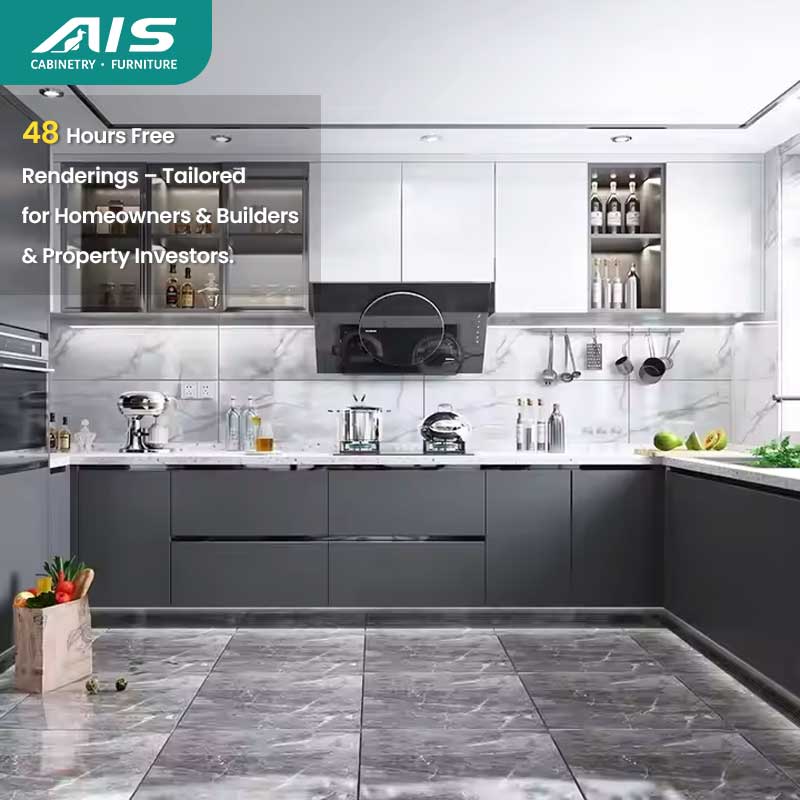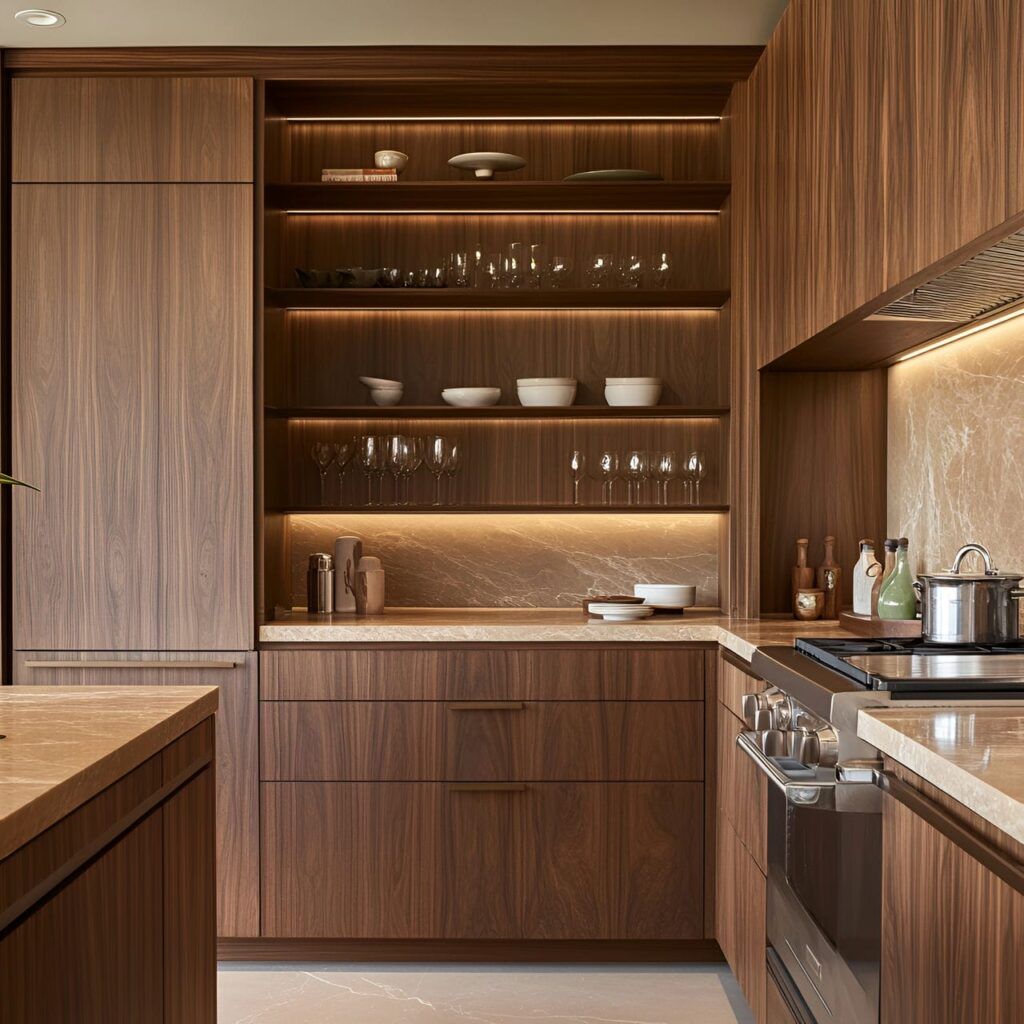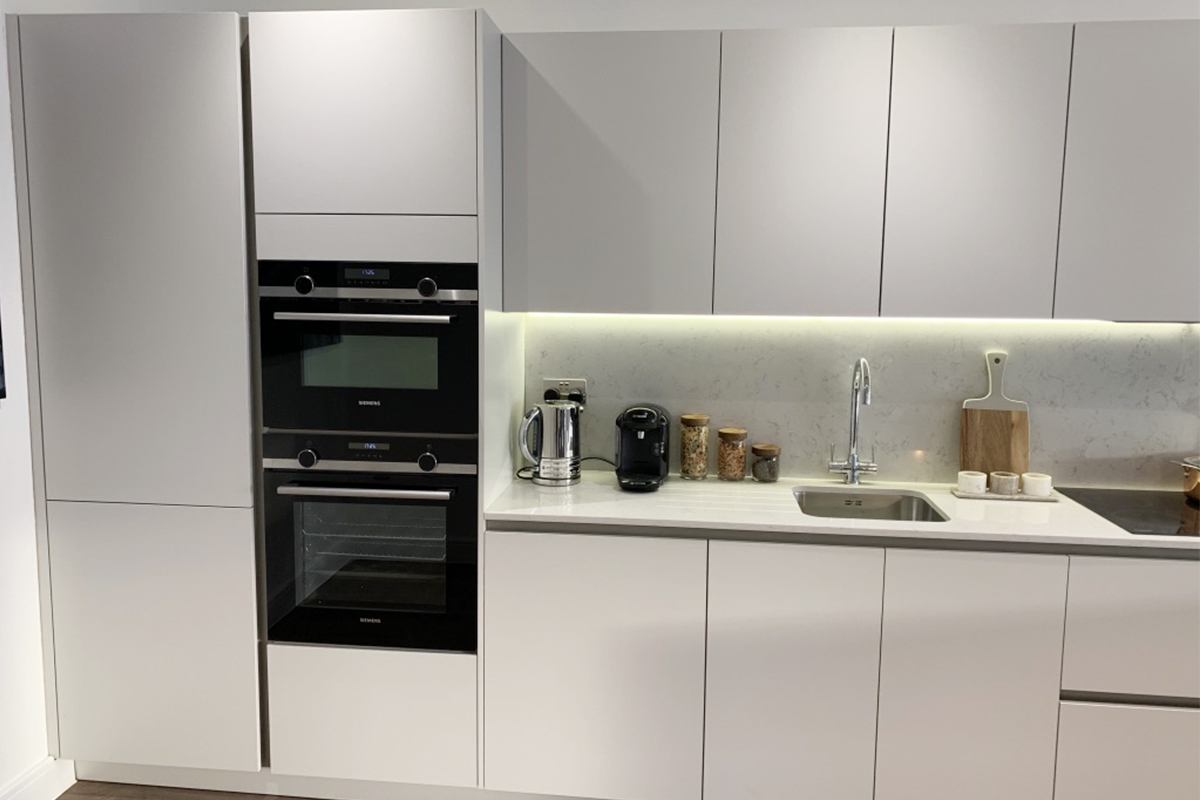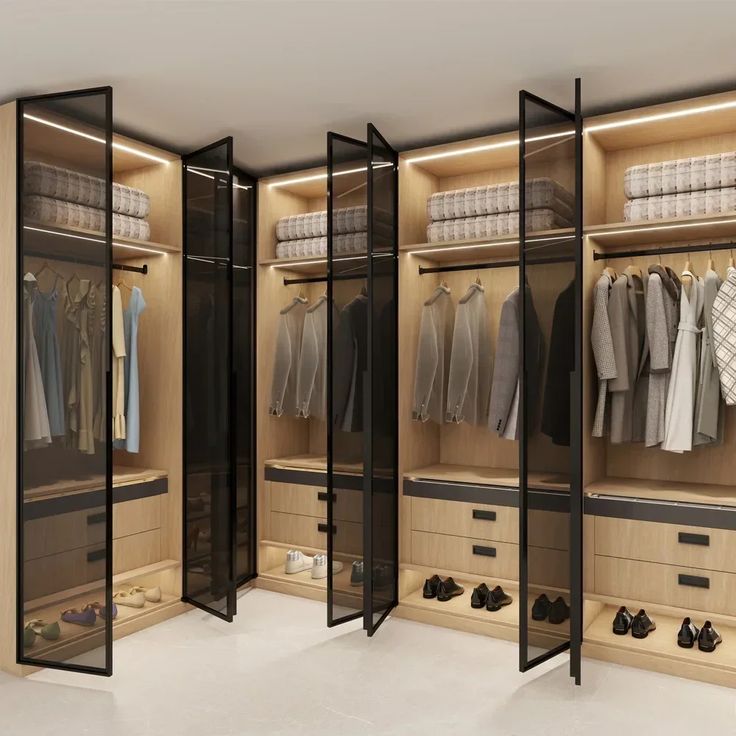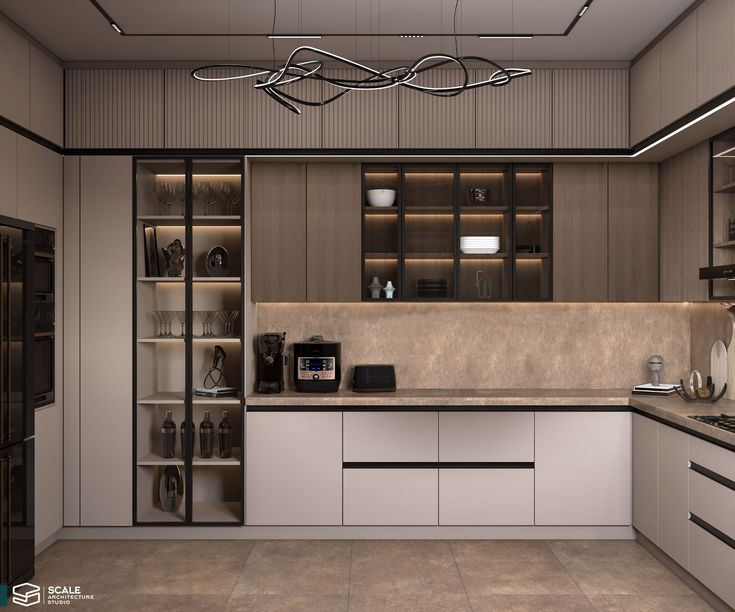Total Cabinetry And Joinery Solution
ENG
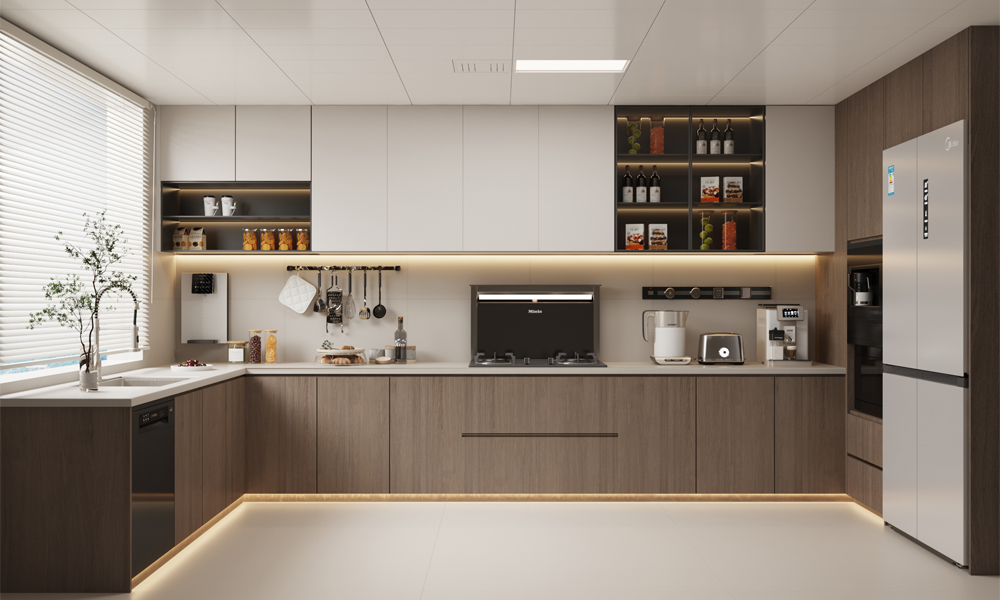
Exporting kitchen cabinets to Australia requires strict adherence to Kitchen Cabinet Export Standards to ensure safety, durability, and compliance with Australian regulations. At AIS, we understand the challenges manufacturers face when entering the Australian market, from meeting certification requirements to adapting to climate-specific performance needs. This guide provides a detailed overview of the essential standards, processes, and quality benchmarks that define successful exports to Australia.
Australia has one of the most regulated building material markets in the world. Kitchen Cabinet Export Standards are not just formalities—they directly impact consumer trust, market acceptance, and long-term partnerships. Cabinets that fail to meet Australian requirements may be rejected at customs or lead to costly warranty claims. Aligning with standards ensures that every exported kitchen cabinet delivers performance, safety, and environmental sustainability in line with Australian expectations.
1、E0/E1 Emission Boards: Cabinets exported to Australia must use low-formaldehyde materials to meet strict indoor air quality standards.
2、Moisture Resistance: Since Australian climates range from humid coasts to dry interiors, cabinet materials must resist warping and swelling.
1、Cabinets should meet AS/NZS structural guidelines to ensure load-bearing capacity and stability.
2、Hinges, drawer systems, and hardware must pass durability tests to withstand frequent daily use.
1、Surfaces must be resistant to scratches, heat, and chemicals.
2、Popular finishes for the Australian kitchen cabinet market include melamine, PET, and lacquer, provided they pass durability tests.
To comply with Kitchen Cabinet Export Standards, exporters often need:
1、CodeMark Certification: Proves product compliance with the Australian Building Code.
2、WaterMark Certification: Required if the cabinet system integrates plumbing (e.g., under-sink units).
3、Independent Lab Tests: For emissions, moisture resistance, and load performance.
These certifications give buyers confidence that imported kitchen cabinets are safe, eco-friendly, and designed for Australian homes.
Meeting Kitchen Cabinet Export Standards is not just about manufacturing—it extends to packaging and logistics:
1、Moisture-Proof Packaging: Essential for long-distance shipping to Australia.
2、Shock Protection: Multi-layer cartons with corner guards and wooden pallets protect cabinets in transit.
3、Labeling & Documentation: Proper customs labeling ensures smooth clearance into Australia.
By following these packaging practices, exporters can reduce damage risks and maintain compliance all the way to installation.
The Australian market favors:
1、Modern and Minimalist Styles: White, grey, and natural wood tones remain popular.
2、Durability and Functionality: Developers and homeowners expect cabinets to last 10–15 years with minimal issues.
3、Eco-Friendly Materials: Growing demand for sustainable products strengthens the importance of compliant, low-emission kitchen cabinets.
Exporters who align with Australia’s kitchen cabinet standards not only pass regulations but also meet customer expectations for design and quality.
Adhering to Kitchen Cabinet Export Standards is crucial for success in the Australian kitchen cabinet market. From selecting certified materials and ensuring structural durability to achieving proper certifications and using export-ready packaging, compliance is the foundation of trust. At AIS, we ensure every cabinet meets these high standards—delivering quality, style, and reliability to projects across Australia.
